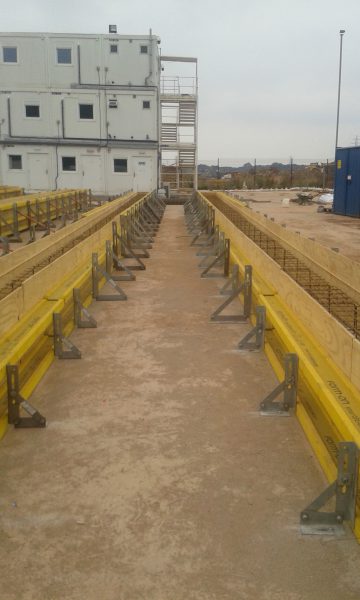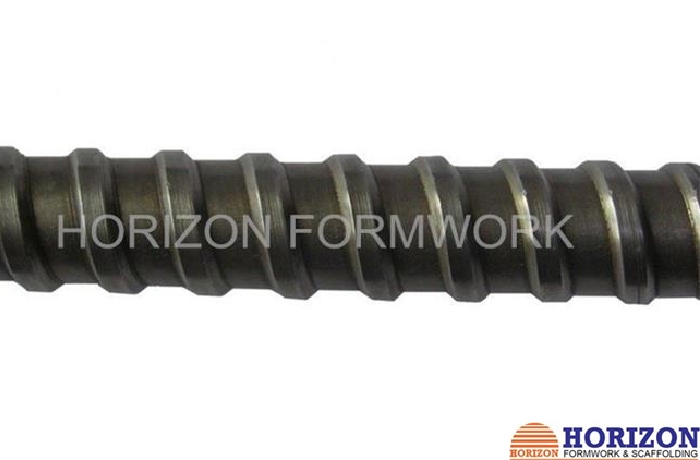ಜೂನ್ . 06, 2025 01:21 Back to list
High-Quality Steel Shuttering Props Durable Support Solutions
This comprehensive guide explores the world of shuttering prop
s with strategic insights for construction professionals:
- Fundamentals and load capacity innovations in shuttering prop technology
- Material science advancements enhancing structural safety
- Global manufacturer comparison with performance metrics
- Strategic selection criteria for reliable shuttering systems
- Custom engineering solutions for complex projects
- Real-world applications across building typologies
- Future development trends in vertical support systems

(shuttering prop)
Shuttering Props: Engineering Backbone for Modern Construction
Temporary vertical support systems, commonly called shuttering props, form the critical framework enabling concrete placement worldwide. These adjustable steel columns bear immense structural loads during the curing process - with modern high-capacity units handling up to 20 metric tons per prop. Industry reports indicate a 7.8% annual growth in formwork support solutions, driven by global infrastructure development.
Three technological pillars define premium props: advanced metallurgy utilizing ST52-3 grade steel with 52kg/mm² tensile strength; precision telescopic mechanisms achieving ±2mm vertical tolerance; and specialized corrosion protection. The latest hot-dip galvanization processes create protective layers exceeding 85 microns thick, extending service life by approximately 300% compared to standard alternatives.
Material Science Elevating Support Solutions
Progressive manufacturers are revolutionizing prop composition through alloy refinement. By introducing vanadium and chromium additives, yield strength increases by 18-22% while reducing material thickness by 1.5mm. This achieves a dual benefit: props weighing 12-15% less without compromising the 3:1 safety factor mandated by EN1065 standards.
Structural testing data reveals how material improvements translate to performance gains:
| Material Composition | Max Load Capacity (tonnes) | Cycle Durability | Corrosion Resistance (hours salt-spray) |
|---|---|---|---|
| Standard S355J2 | 14.2 | 850 cycles | 480 hours |
| Enhanced ST52-3 | 17.8 | 1,400 cycles | 1,200 hours |
| Alloy-Enhanced Steel | 20.5 | 2,100 cycles | 2,500 hours |
Global Manufacturer Performance Analysis
Leading steel prop for shuttering exporters differentiate through engineering quality rather than price positioning. European manufacturers typically invest 11.2% of revenue into R&D, resulting in integrated safety features like automatic load indicators and seismic-rated locking mechanisms. By contrast, the Asia-Pacific market focuses on large-scale production capacities exceeding 800,000 units monthly.
Critical evaluation metrics for procurement teams include:
| Manufacturer Type | Production Certification | Max Height Range | Load Variance Tolerance | Delivery Lead Time |
|---|---|---|---|---|
| European Specialists | EN 1065, ISO 9001 | 1.7m - 5.2m | ±1.5% | 8-12 weeks |
| Asian Volume Producers | ISO 9001, SGS | 1.5m - 4.8m | ±3.2% | 4-6 weeks |
| North American Suppliers | AISC, OSHA | 1.9m - 6.3m | ±2.1% | 6-10 weeks |
Strategic Procurement Considerations
Selecting among steel prop for shuttering companies requires balancing technical specifications against project parameters. High-frequency projects like mass housing developments benefit from standardized systems with interchangeable components, reducing replacement part lead times by approximately 65%. Infrastructure projects involving complex geometries should prioritize suppliers offering digital modeling integration.
Four non-negotiable criteria separate industry leaders:
- Third-party certification of weld integrity and load testing
- Galvanization compliance exceeding 550g/m² coating density
- On-site technical support teams with structural engineering expertise
- Digital inventory management compatible with BIM workflows
Advanced Engineering for Complex Applications
Forward-looking steel prop for shuttering company operations now incorporate parametric modeling to solve unique support challenges. In the Oslo Opera House construction, custom-engineered props with articulating heads accommodated 32° incline surfaces while maintaining 23t load capacity. Similarly, Dubai's Museum of the Future required curved-profile props with variable wall thickness to address asymmetric loading patterns.
The engineering workflow for specialized solutions involves seven critical stages: 3D laser scanning of the work environment; computational load distribution modeling; material stress analysis; prototype validation under 125% design load; digital twin simulation; field deployment sequencing; and post-project structural integrity assessment.
Structural Solutions Across Building Typologies
Recent skyscraper projects in Shanghai demonstrate the evolution of shuttering systems. For the 128-story Century Tower, contractors utilized laser-guided telescopic props capable of micro-adjustments during concrete curing. This technology reduced leveling time by 42% while ensuring a surface tolerance of just 3mm across the 4,200m² floor plate.
Transportation infrastructure presents distinct challenges solved through customized solutions:
- Suspension bridge anchorages requiring 6.5m extra-heavy props with cross-bracing systems
- Submerged tunnel segments needing marine-grade zinc-aluminum coatings
- Seismically active regions employing hydraulic-controlled props with 150mm sway tolerance
- Prefabricated modular construction utilizing rapid-deployment prop systems
Advancing Construction Support Technologies
The trajectory for shuttering prop development focuses on intelligent systems integration. Field studies at Singapore's Tuas Megaport project demonstrate how IoT-enabled props with embedded strain sensors can reduce labor inspection hours by 75% while continuously monitoring structural integrity. This data-driven approach represents the future, where information flows between temporary supports and BIM systems enable truly responsive construction environments.
Material science continues advancing with nano-coating technologies that extend service life beyond 15 years. As modular construction methodologies expand, adjustable steel support systems are shifting toward unified formwork solutions, reducing assembly time while increasing worksite safety. These innovations fundamentally transform how leading steel prop for shuttering companies contribute to construction efficiency.

(shuttering prop)
FAQS on shuttering prop
Here are 5 professionally crafted FAQs about shuttering props in HTML format:Q: What is a shuttering prop in construction?
A: A shuttering prop is a vertical adjustable steel support used to hold formwork panels during concrete pouring. These telescopic props provide adjustable height support with locking mechanisms. They ensure precise alignment and load-bearing capacity for slab construction.
Q: Why choose specialized steel prop for shuttering exporters?
A: Established exporters guarantee compliance with international safety standards like BS 4074 and EN 1065. Their expertise ensures properly heat-treated props with load capacities exceeding 20kN. Global logistics support guarantees timely delivery.
Q: What distinguishes reputable steel prop for shuttering companies?
A: Leading companies offer certified props with corrosion-resistant hot-dip galvanization. They maintain stringent quality control and provide engineering support for project-specific requirements. Additionally, they offer comprehensive technical documentation.
Q: How does using steel props benefit shuttering projects?
A: Steel shuttering props enable rapid assembly with easy height adjustments via pin systems. Their uniform load distribution prevents concrete deformation during curing. High-grade steel construction ensures repetitive use across multiple projects.
Q: What services should a quality steel prop for shuttering company provide?
A: Reputable companies offer customized prop solutions with precise load-bearing specifications. They provide on-site installation guidance and maintenance protocols. Comprehensive warranty coverage and replacement part services ensure project continuity.
-
High Quality Climbing Formwork for High-Rise Buildings & Core Walls
NewsJul.26,2025
-
High Quality Climbing Formwork for High-Rise Building & Core Wall Solutions
NewsJul.25,2025
-
High-Quality Slab Formwork Solutions for Efficient Construction
NewsJul.24,2025
-
High-Quality Wall Formwork Systems for Versatile Concrete Construction
NewsJul.23,2025
-
Climbing Formwork Solutions for High-Rise Construction Efficiency
NewsJul.22,2025
-
Premium Table Formwork for Slab Construction | Reusable & OEM Support
NewsJul.22,2025